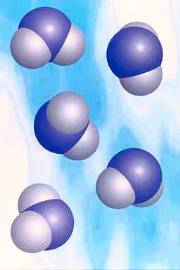
Researchers at the University of California at Santa Barbara (UCSB) report in the Dec. 6 issue of Nature the first demonstration of continuous electrical tunability of spin coherence in semiconductor nanostructures.
The six person research team is headed by physicist David Awschalom, director of the Center for Spintronics and Quantum Computation. Awschalom’s research is conducted under the auspices of the California NanoSystems Institute (CNSI), a multi-million-dollar State initiative conceived by Gov. Gray Davis to develop the science and technology that will propel the state’s economic future. Funding for Awschalom’s research is provided by the Defense Advanced Research Projects Agency (DARPA), an agency which promotes speculative but potentially groundbreaking research projects.
An approximate understanding of the nature of spin can be gleaned by analogy with the orbit of planets in the solar system. In this analogy, electrons orbit a nucleus in a fashion similar to the Earth’s orbit around the Sun. Just as the Earth rotates about it’s axis during the orbit, electrons have a quality of rotation called ‘spin.’ The spin of electrons is characterized by the direction of rotation, so that spin ‘up’ or ‘down’ electrons rotate in opposite directions (i.e., clockwise or counter-clockwise).
While magnetic fields are conventionally used to manipulate spins in familiar magnetic devices like hard-disk drives, this demonstration of electrical control of aligned spins represents a significant step towards making new spin-based technologies. One future technology is quantum computing, where many schemes make use of electron spin states as bits of information analogous to the 0’s and 1’s of binary computing. Unlike ordinary bits, ‘quantum bits’ can be any combination of both 0 and 1 simultaneously, corresponding to a continuous range of possible directions.
Said Awschalom, “We would like to electrically manipulate the electron spin because that’s the bridge to a scalable technology. Today’s charge-based electronics all use electrical gates–a sandwich of electrical plates–to guide electrons. We want to use the electrical control methods of today’s technology to fabricate a spin gate. This paper reports spin gates that can make the electron spin go one way or the other or just stay put. And the gate works at room temperature.”
Awschalom refers to the invention as a gate, rather than a switch because it performs continuous tuning of electron spin. Instead of the “off” and “on” options for a switch, a gate operates across a continuum the way lights can be dimmed by a rheostat, for instance.
The spin gate device is made of sandwiches of the semiconductor materials Gallium Arsenide (GaAs) and Aluminum Gallium Arsenide (AlGaAs) only a hundred nanometers thick.
Semiconductor heterostructures operate by trapping electrons in a ‘quantum well’ that is shaped like a square box. The trick that Awschalom’s research team devised to construct their device was to use a parabolically shaped quantum well instead of the usual square box.
A decade ago Awschalom’s UCSB colleague, Art Gossard, professor of electrical and computer engineering, led a research group that conceived and used Molecular Beam Epitaxy (MBE) techniques to build semiconductor heterostructures with parabolic quantum wells. Klaus Ensslin, then a postdoc in the Materials Department at UCSB, described how the trapped electrons behaved in the parabolic structure. Ensslin is now a physics professor at Switzerland’s Eidgenössische Technische Hochschule (ETH) in Zurich, which entered last June into a research agreement with UCSB.
At UCSB on sabbatical from ETH Zurich, Ensslin returned to collaborate with his old mentor Gossard. Both assisted the Awschalom research effort and are authors of the Nature paper. Two of the other three authors are affiliated with Awschalom: his postdoc Gian Salis, the first author and now a permanent staff member at IBM Zurich, and his physics graduate student Yuichiro Kato both worked on measuring the devices. Dan Driscoll is Gossard’s materials graduate student who helped in the device fabrication.
“It was our colleagues ability to fabricate the specially-engineered structures that made these experiments possible, said Awschalom.”
Why does a parabolic quantum well enable electrical control of spin coherence when a box-shaped well does not?
Salis explained, “Mathematically speaking, when you add a line to a parabola the parabola is displaced, but doesn’t change shape. But when you add a line to a box, you only distort the box into a trapezoidal structure. This is essentially what happens when we apply a voltage to our device: the voltage tilts the whole structure like pushing down on a see-saw. So we used the two different semiconductors (GaAs, AlGaAs) to form the parabola and to trap the electrons. We then applied electrical voltages to displace the parabola and thereby moved the pooled electrons in the well from one material to another. The effects were large! We were able to control spin electrically exactly as we had thought we could when we conceived the experiments.”
“With the application of just a few volts,” added Awschalom, “the electrons begin to sample different regions of space, and that’s when their spin precesses faster or slower or stops. We are moving electrons out of Gallium Arsenide into Alumnium Gallium Arsenide continually without changing their wave function or profile in space, and that’s what is unique.”
The spin-gates discussed in the Nature report are an example of the rapidly developing field of ‘spintronics,’ which studies electronic devices that are based on electron spin.
This raises the question: What might spintronics do that electronics can’t?
In addition to the longer-term goal of quantum computing, spintronics offer the near-term possibility of revolutionizing the way we think about piecing together different technologies.
“Think of one combined unit that integrates logic, storage, and communication for computing,” said Awschalom. “We envision using a mixture of optical, electronic, and photonic techniques to prepare and manipulate spin-based information. The spin could be stored in semiconductors, run at frequencies many times faster than today’s technology and work at room temperature. And all in a single nanostructure. Then imagine millions of these nanostructures working together in a device small by human standards. What such devices will do is up to scientists and engineers to determine. But the most exciting prospects are the revolutionary ones rather than simple extrapolations of today’s technology.”
In addition to applications in the emerging field of spintronics, the last sentence of the Nature paper points to possible advances in fundamental physics using the findings: “Furthermore, the large tunability and quenching of the electronic spin splitting offers the potential for new insights into other phenomena, such as ferromagnetic quantum Hall states or the dynamics of electrically inverted spin populations through non-adiabatic gating.” Studies of the quantum Hall effect are very important, and have already garnered two Nobel physics prizes for its explorers. What’s being offered here is a new way of looking at some tantalizing aspects of condensed matter physics








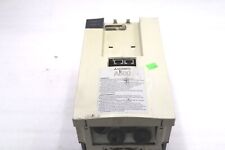
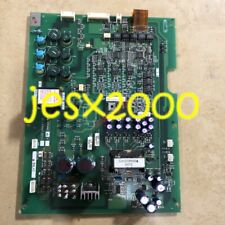
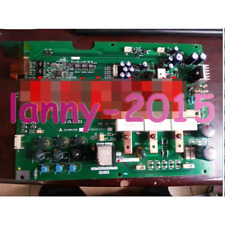

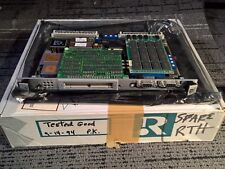
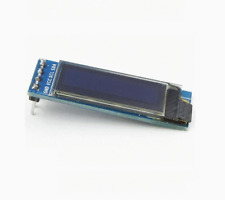
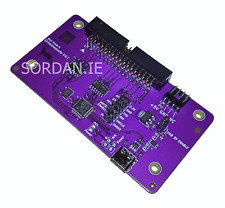
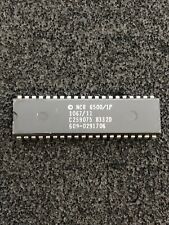
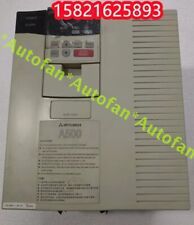
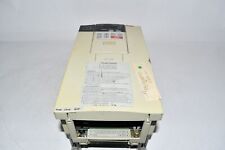
Comments are closed.